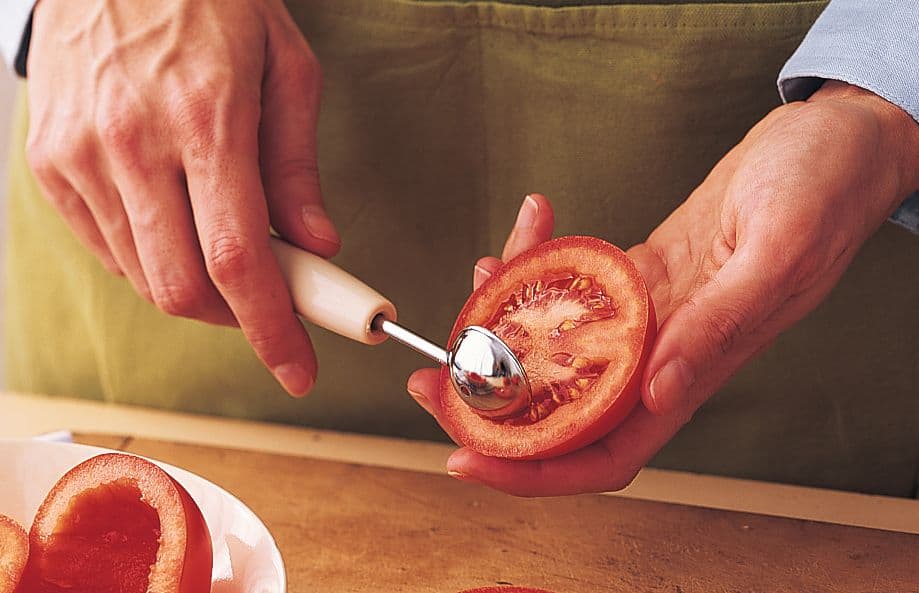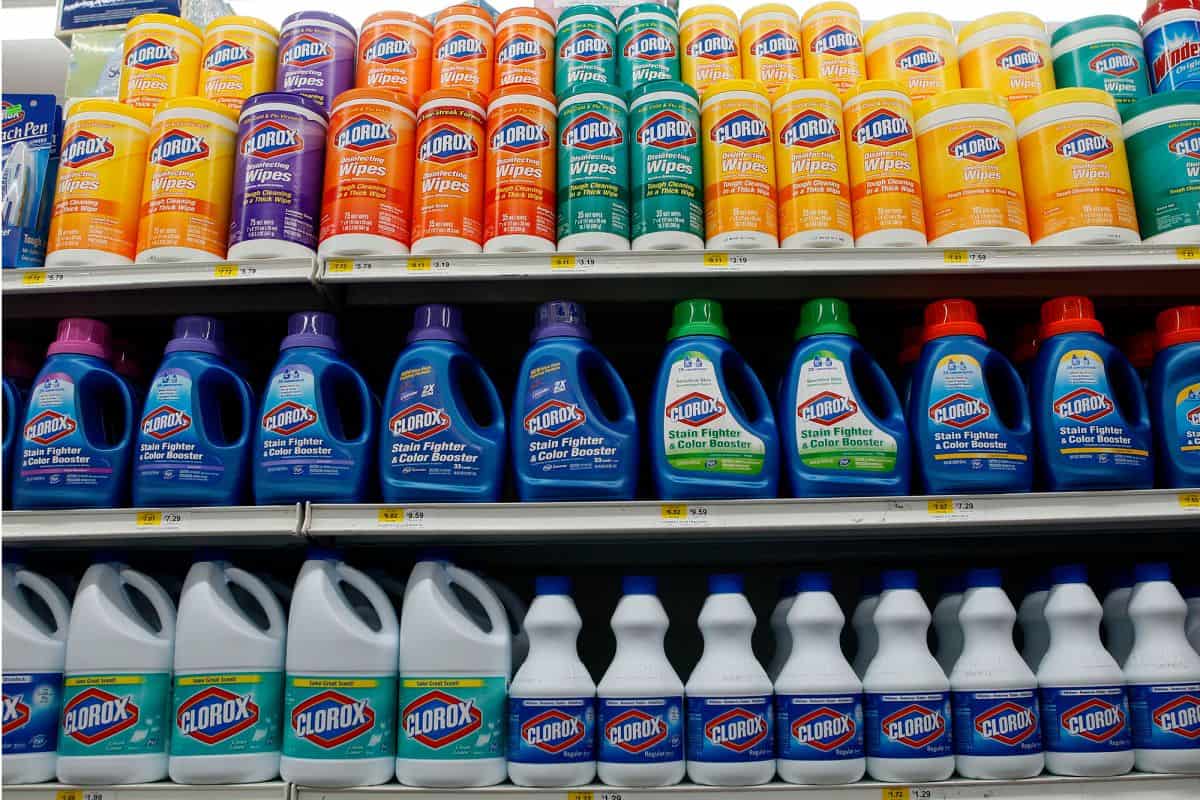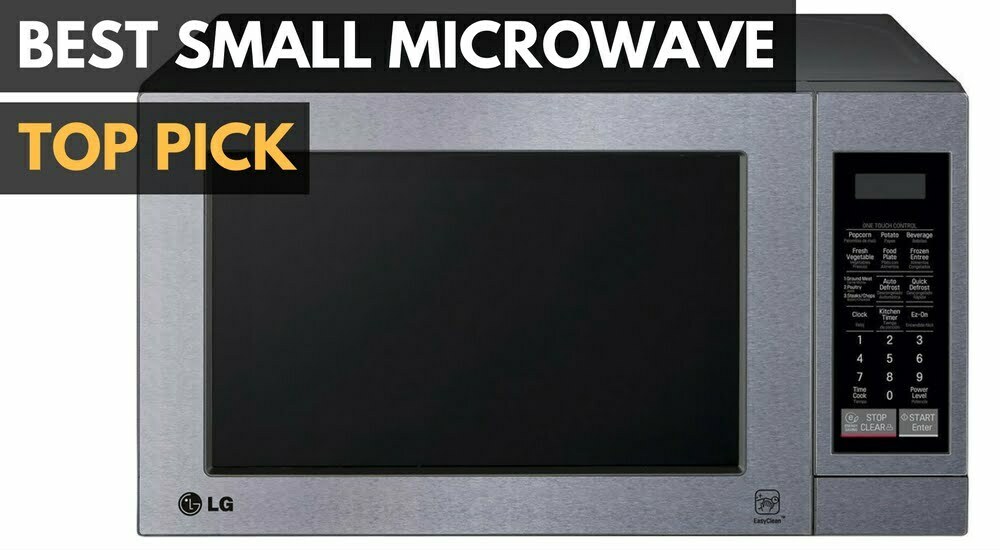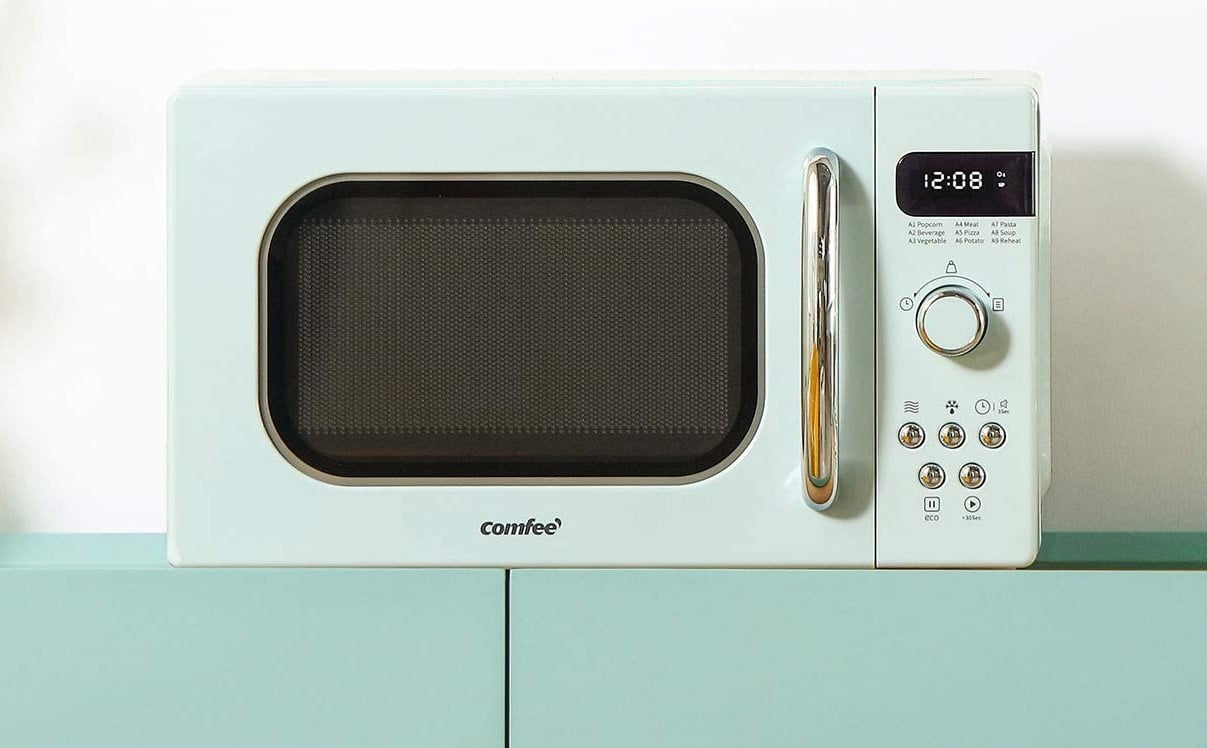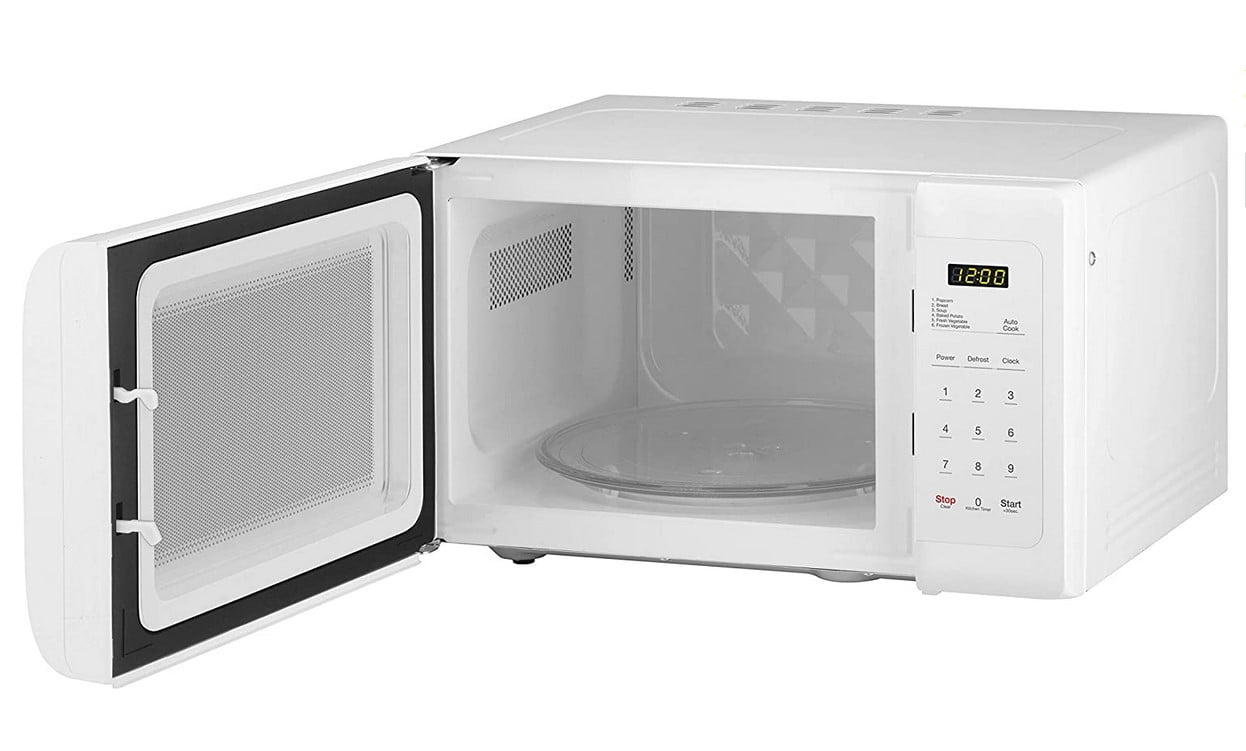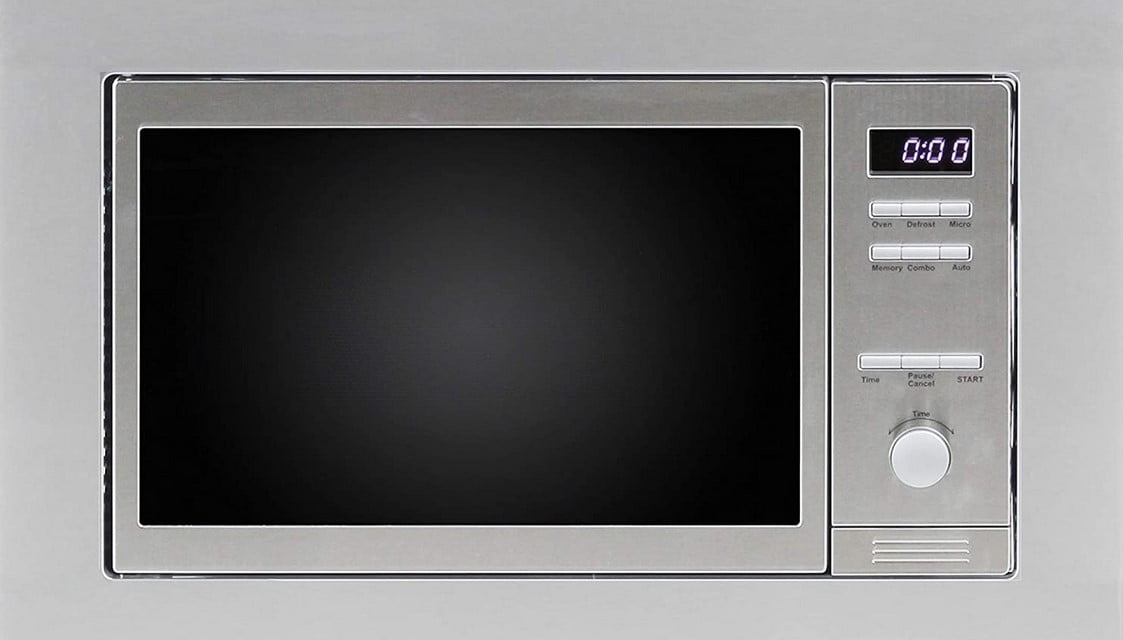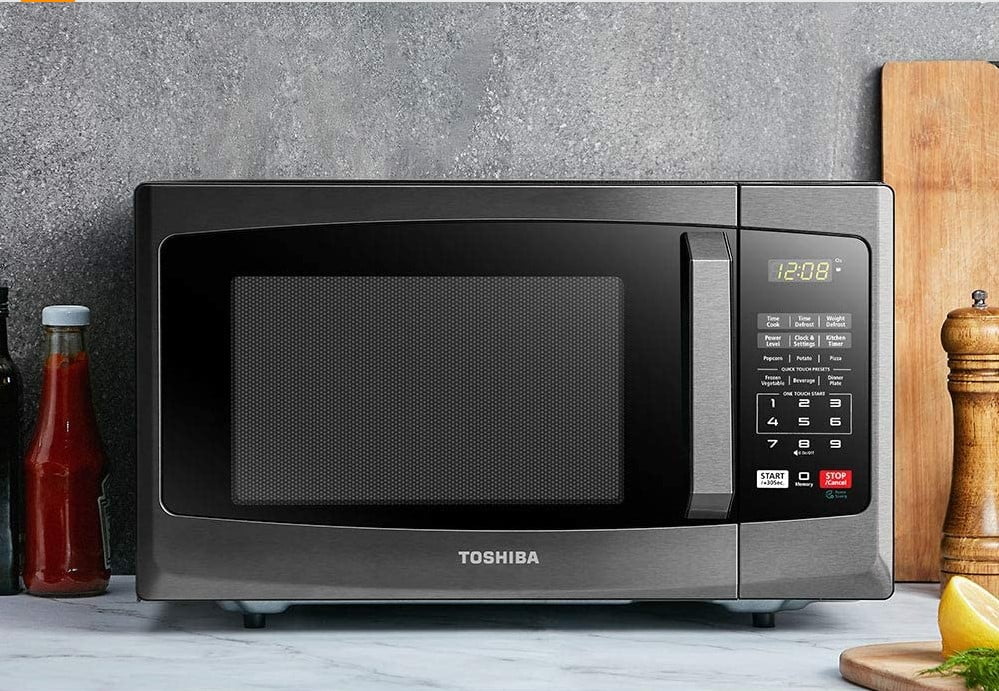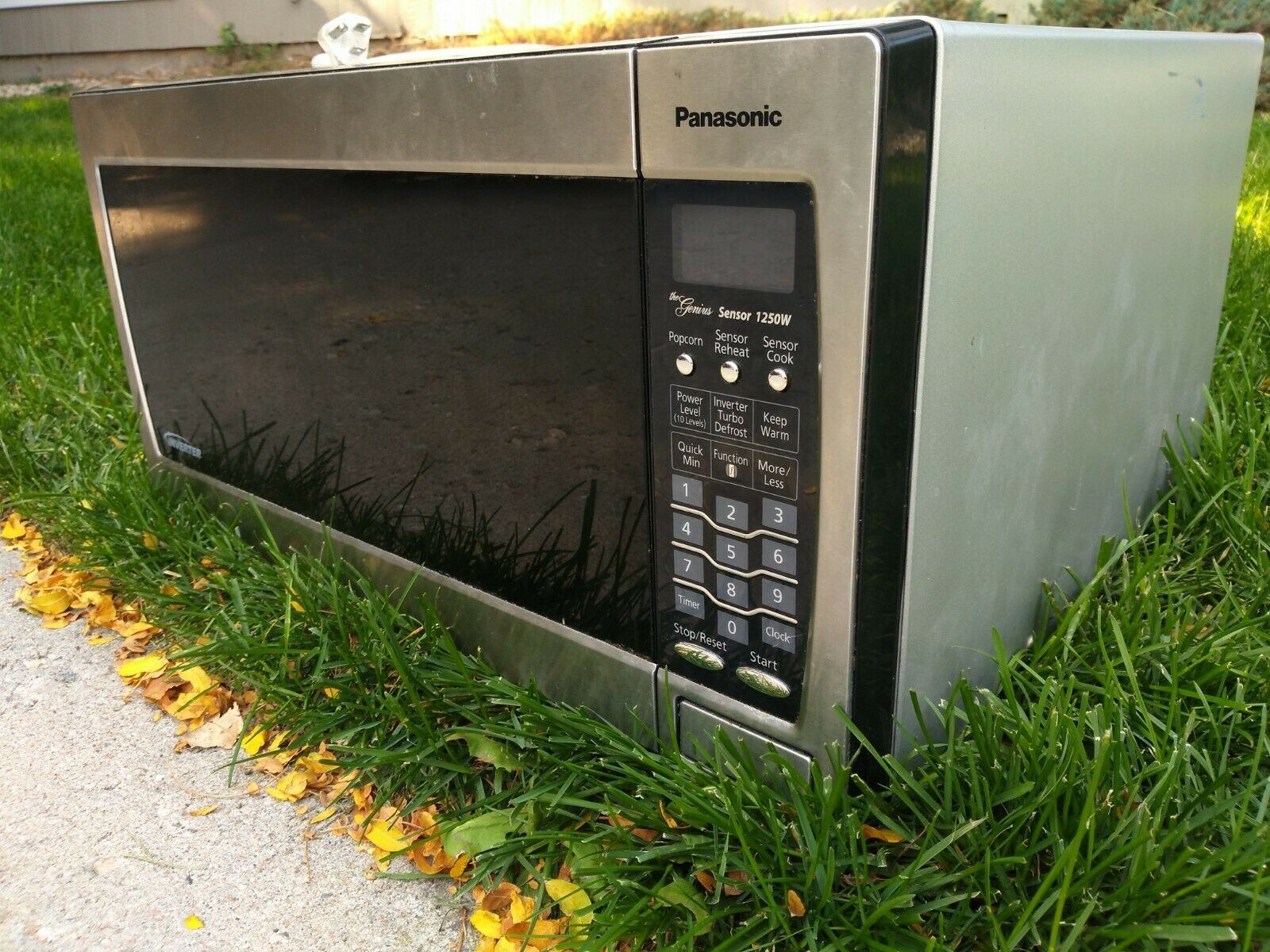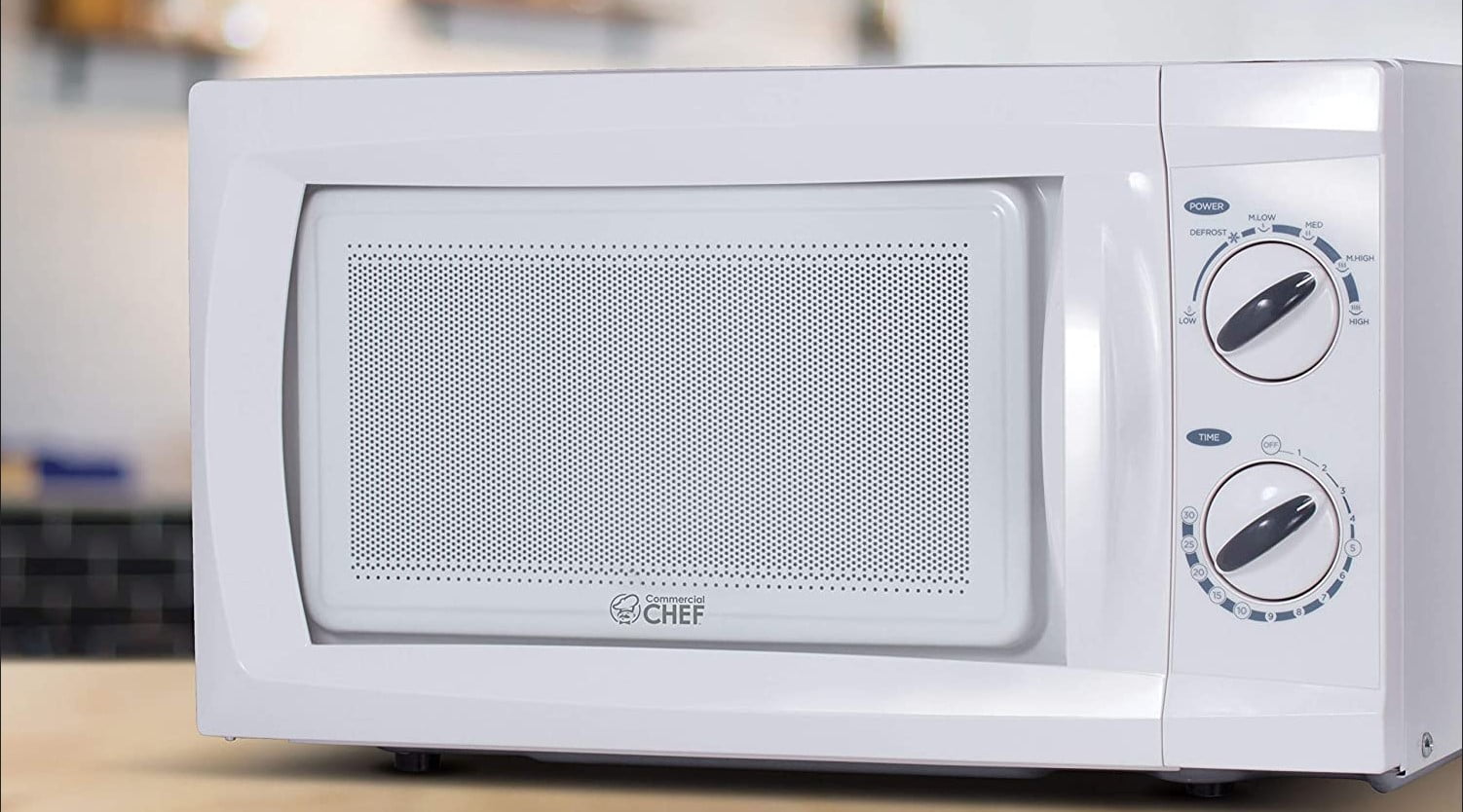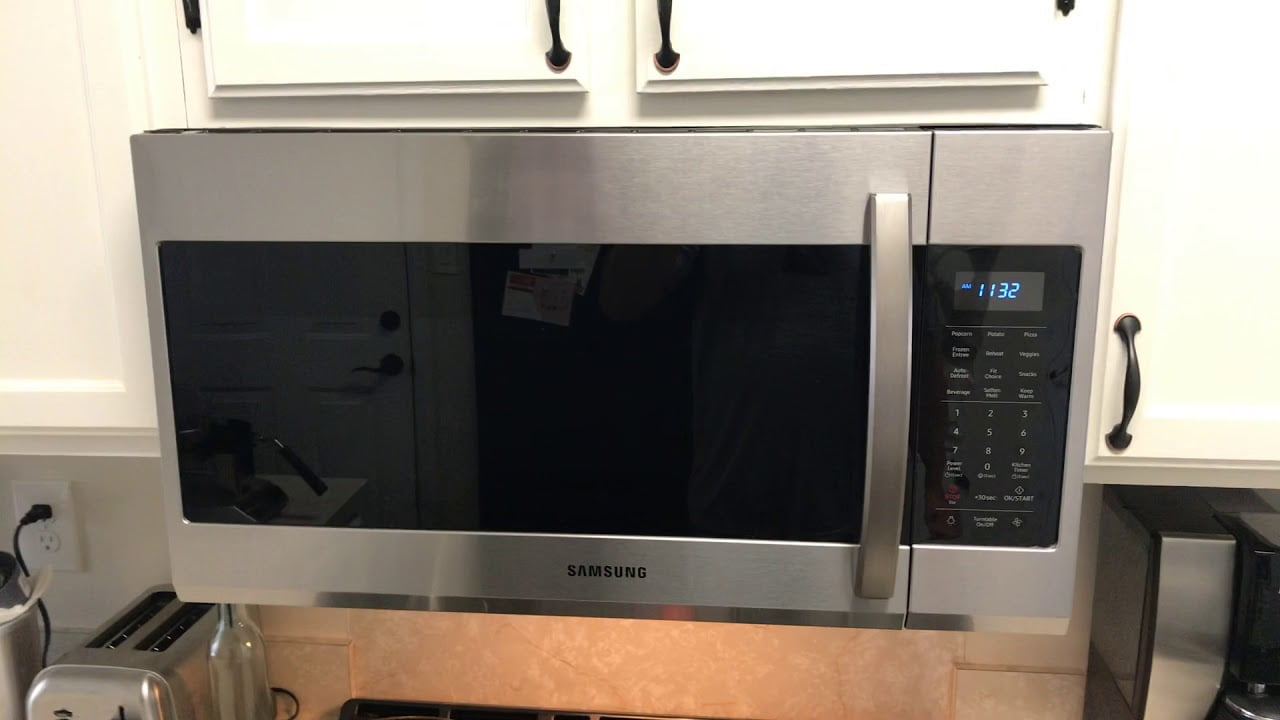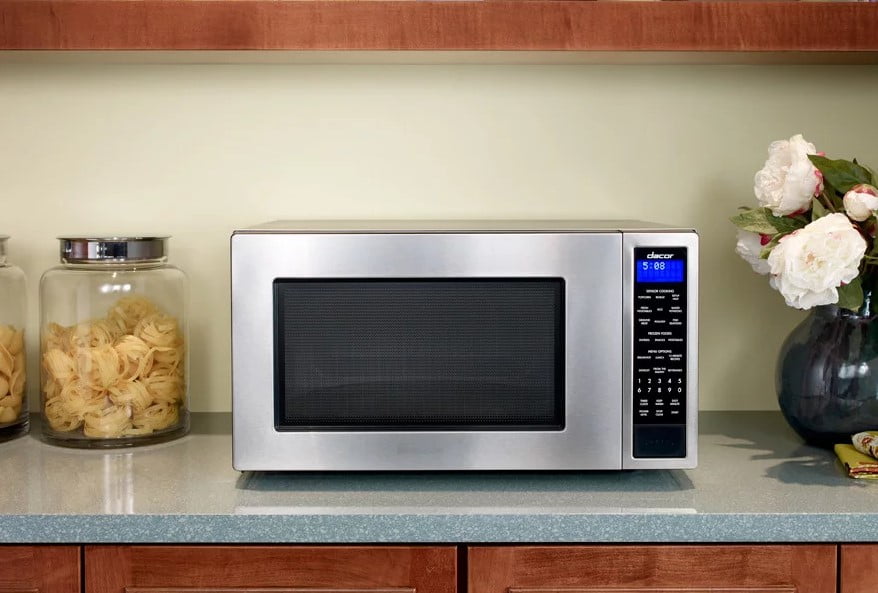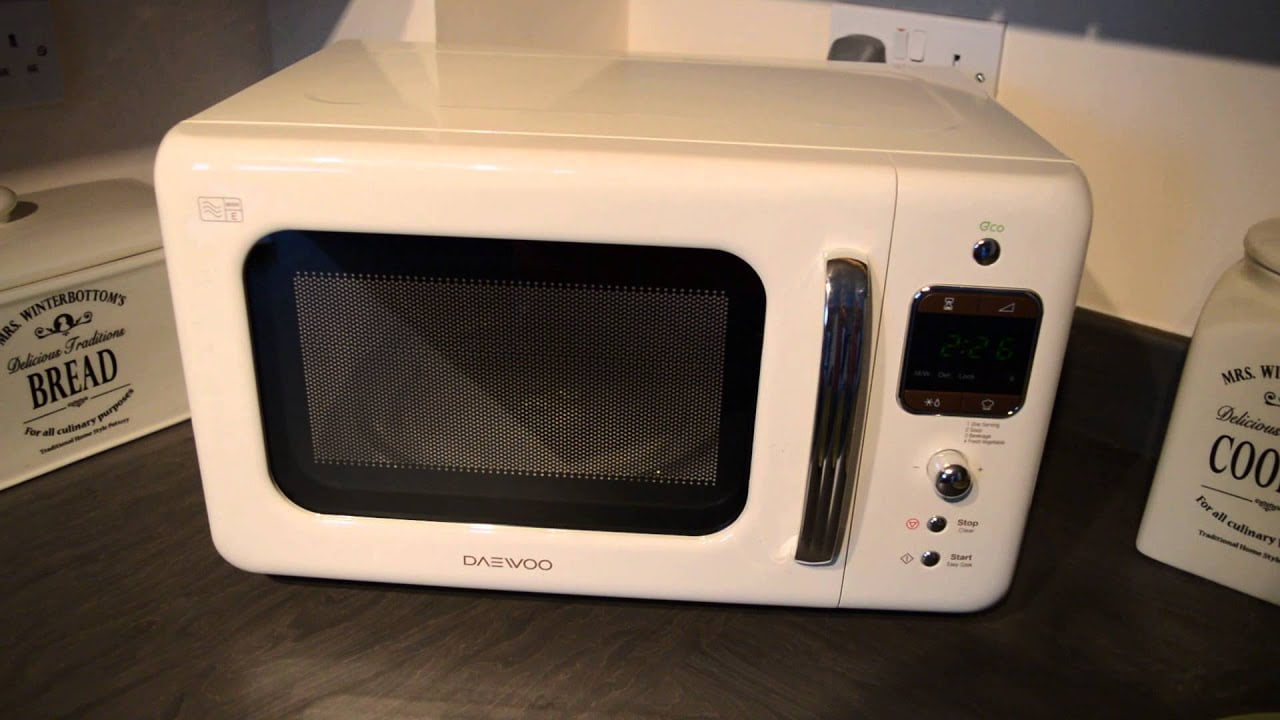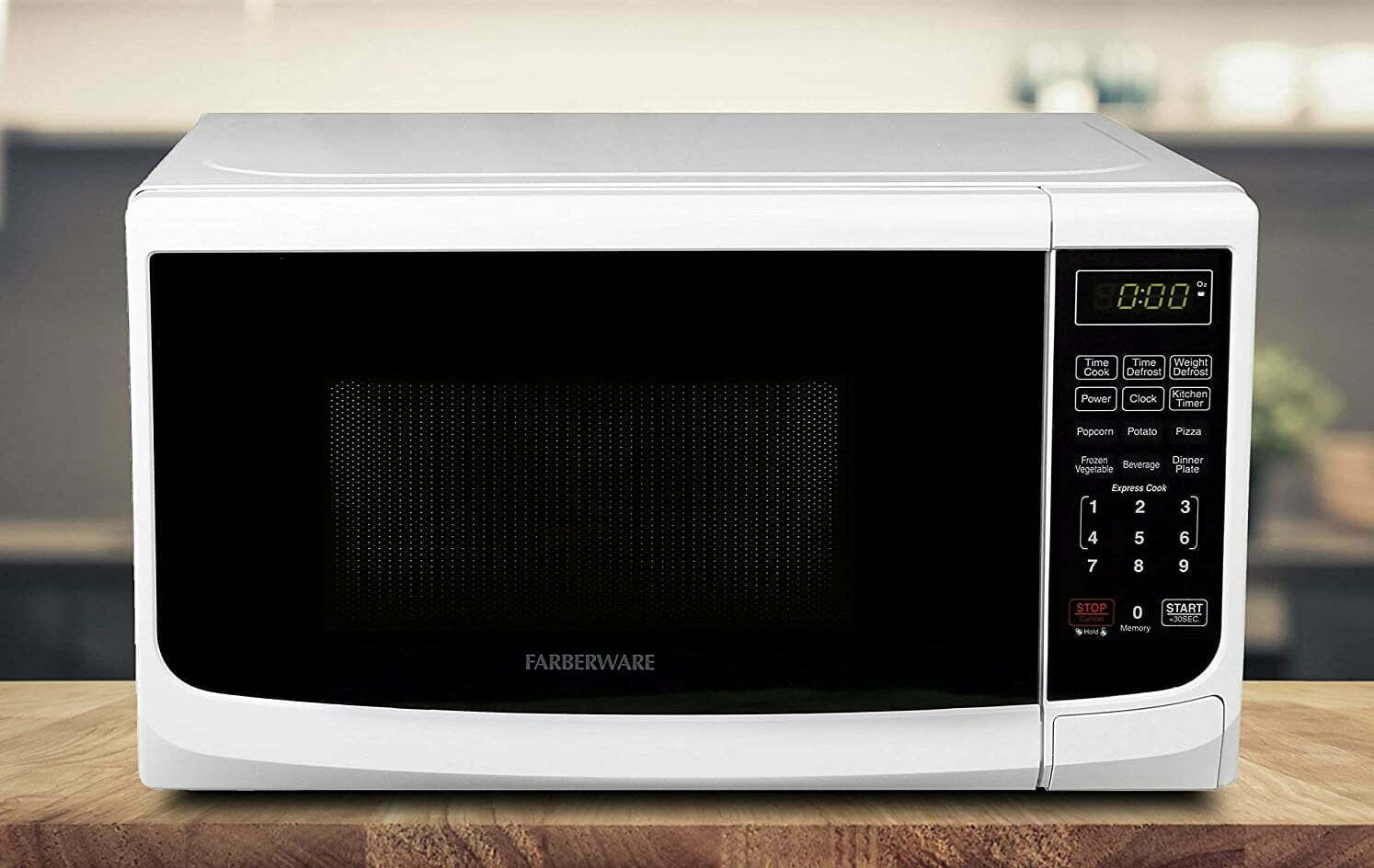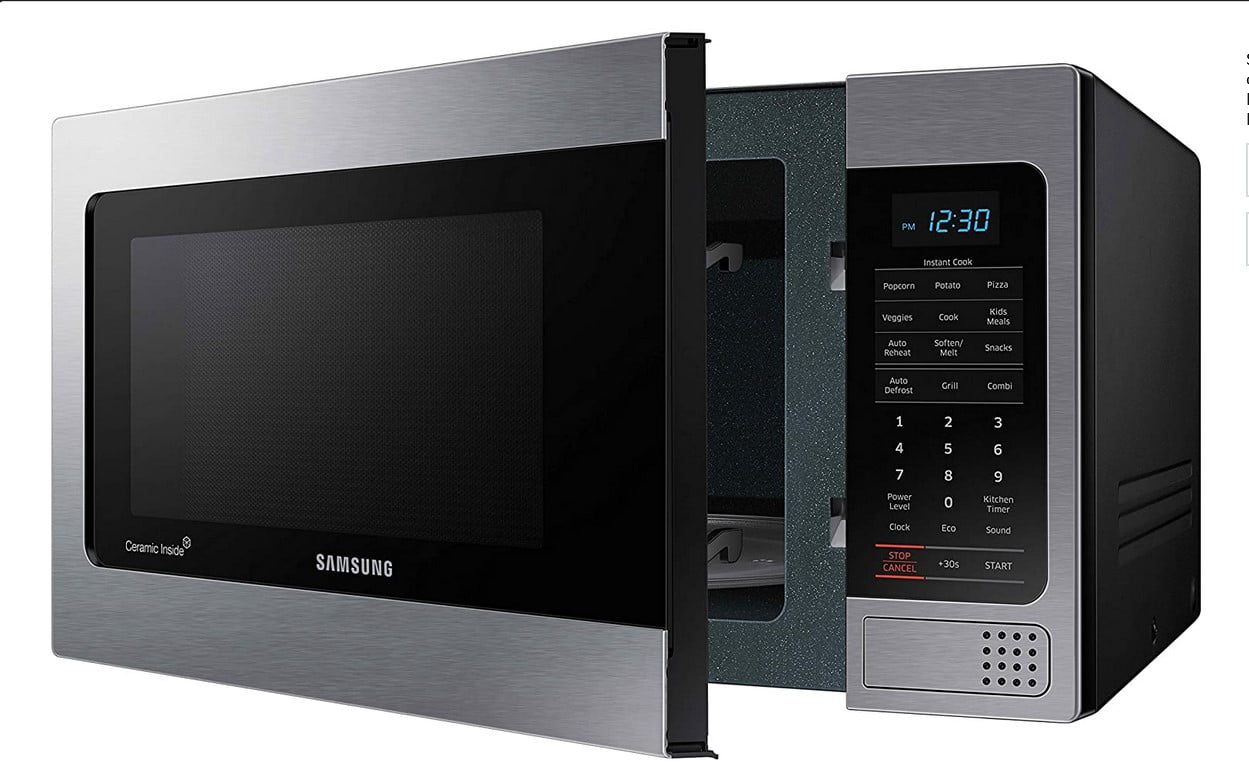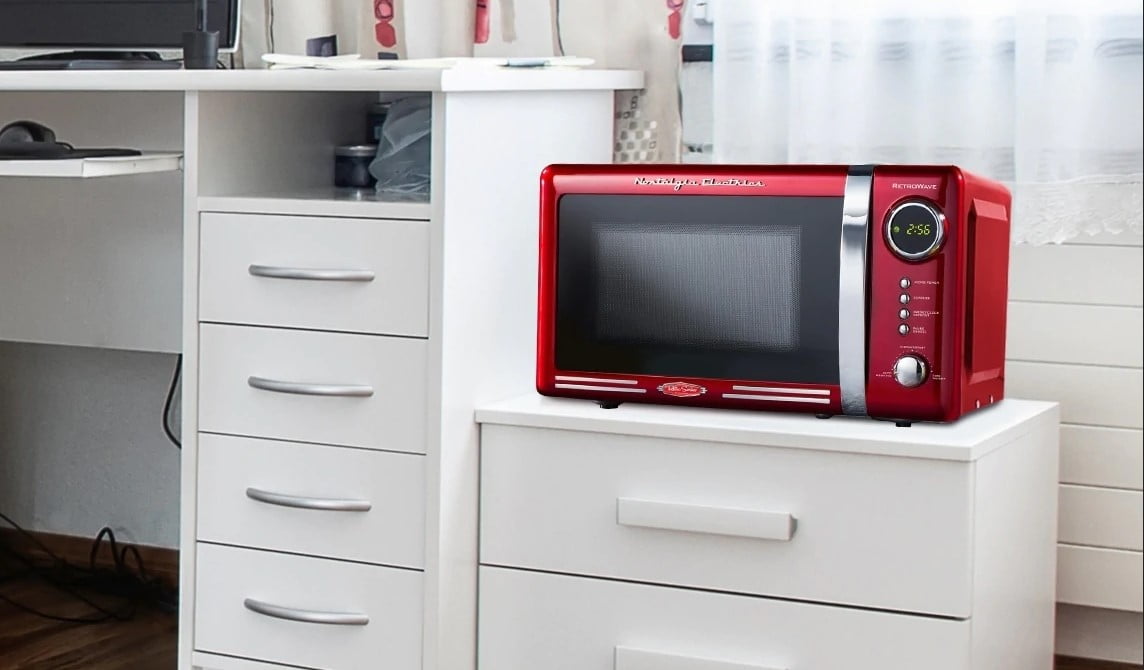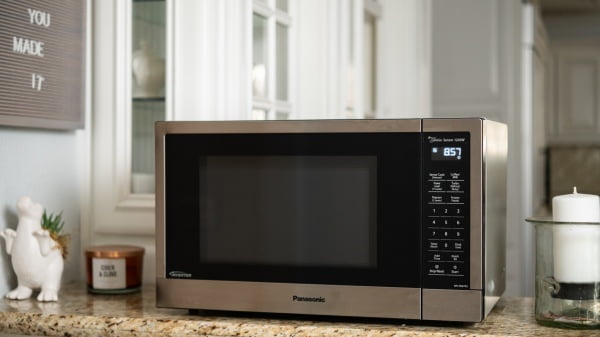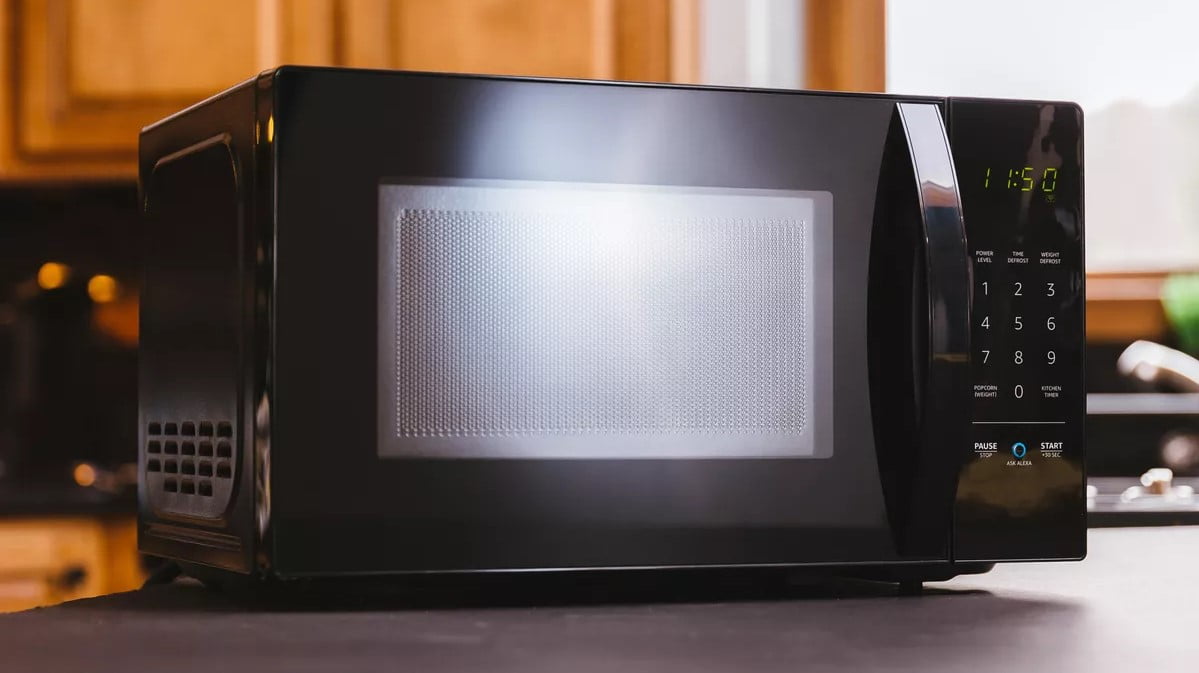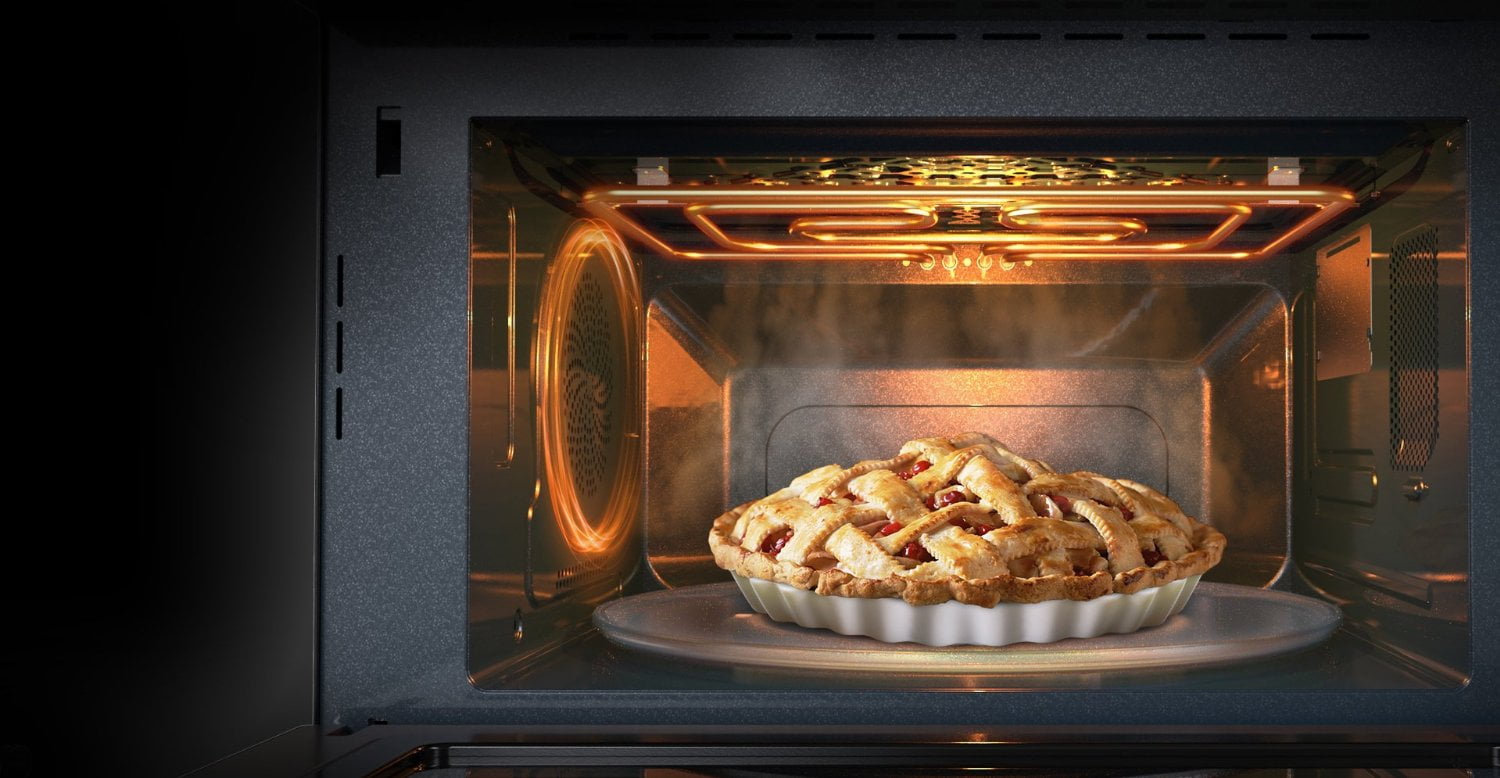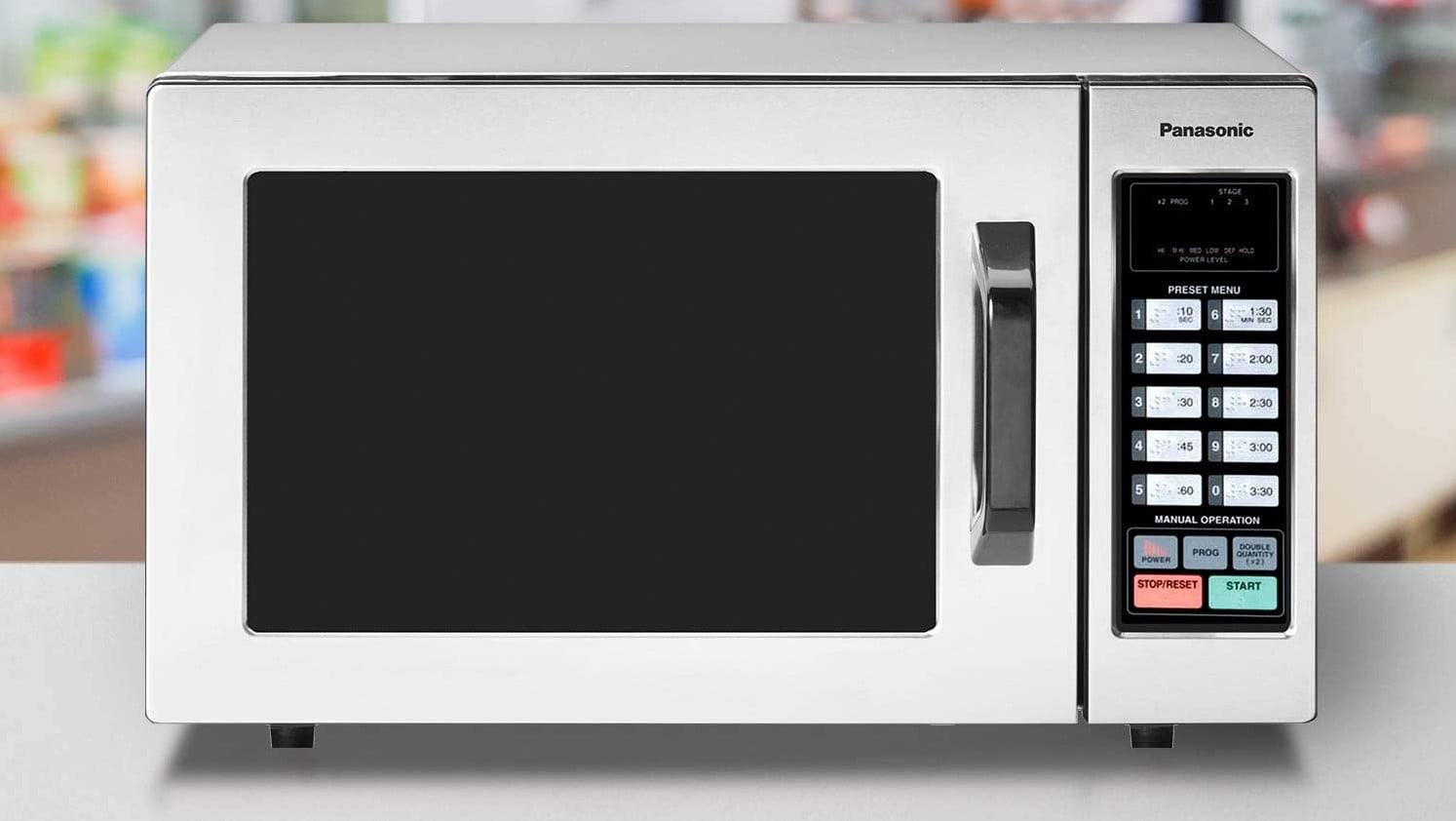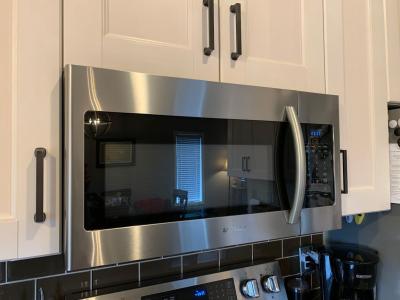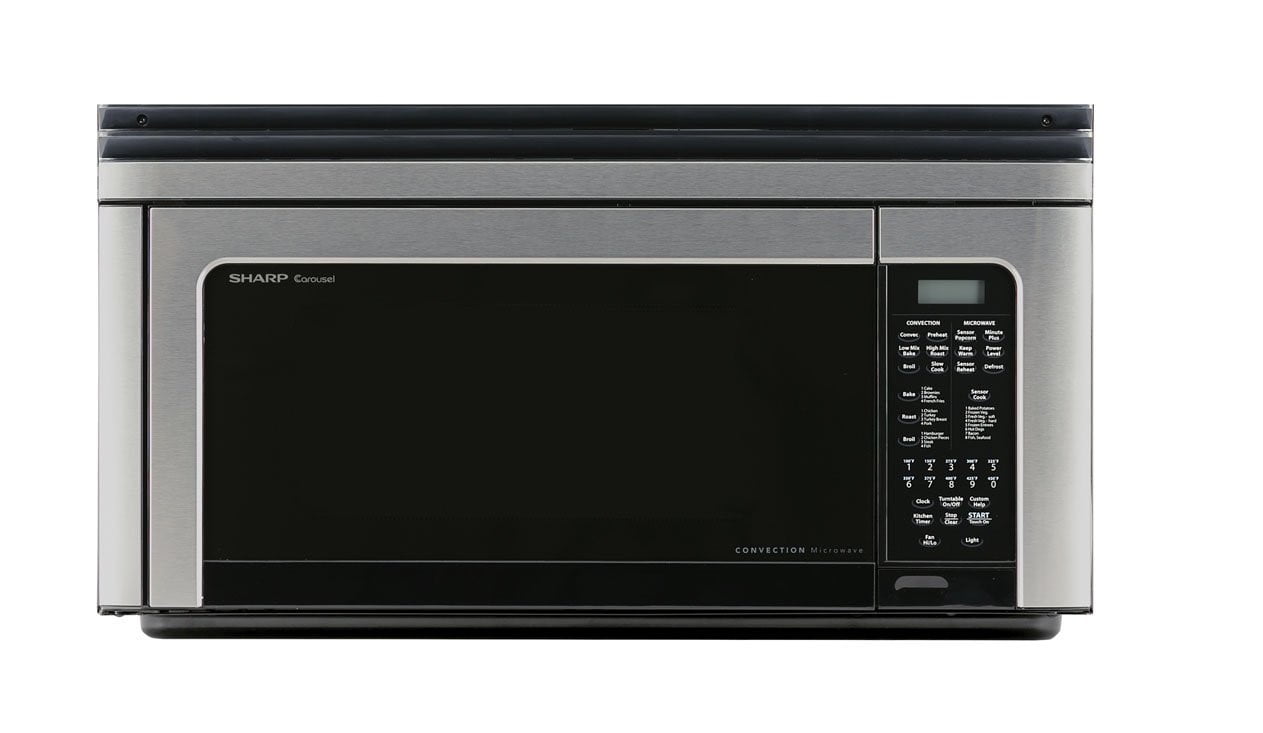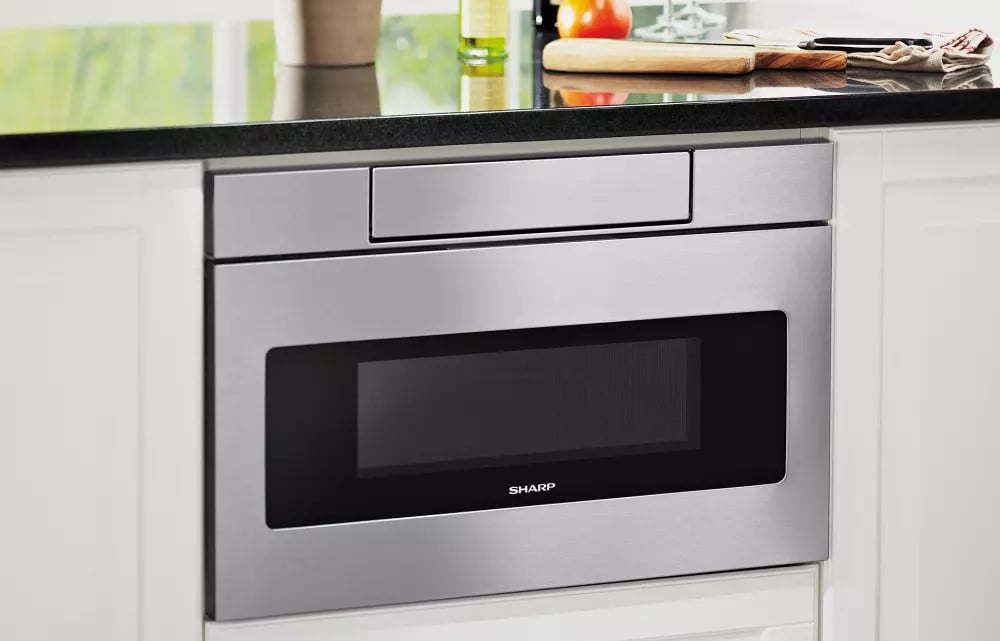Microwaves that get a lot of use are subject to wear and tear, so knowing how to remove scratches from black plastic microwaves is an easy way to keep yours looking pristine no matter how long it’s been in service.
KEY TAKEAWAYS:
- Using soapy water and a clean damp cloth, most minor scratches can be removed from black plastic microwave exteriors with firm circular motions.
- Using most kinds of white toothpaste and a clean dampened cloth and rubbing scratches with a circular motion can also remove most scratches on plastic surfaces, without causing any additional damage
- Specialized plastic scratch removers aren’t necessary, as they tend to have the same level of effectiveness as DIY methods using household ingredients and can be costly.
Like all kitchen appliances, the best microwaves on the market are liable to collect scratches and dings over time, but thankfully most minor cosmetic damage is easy enough to take care of yourself. These methods can also be helpful when trying to repair light damage to microhood combination microwaves.
How to Remove Scratches from Black Plastic Microwaves
Light scratches on a black plastic microwave, a plastic surface on a stainless steel microwave, or other black appliances can occur due to anything from microwave food covers with sharp corners to pets. There are two simple methods of removing scratches from black plastic microwave exteriors aside from purchasing appliance touch-up paint or plastic scratch remover. Both use products you likely already have in your home and are quick and fairly easy.
Insider Tip
Most light scratches on black plastic microwaves can be removed simply and easily with soapy water or toothpaste and a few clean, non-abrasive cloths.
Remember to only use a clean cloth made from microfiber or cotton and never anything abrasive like sandpaper. Also, keep in mind that the following methods may not be effective on deep scratches.
Soap and Water Method
Steps: 7
- Mix a teaspoon of liquid detergent into a cup of warm water
- Dip the sponge into the soapy water and apply it generously but not excessively to the scratched areas on the microwave’s body.
- Rub the affected areas with the sponge using circular motions with as much pressure as possible until you see the scratches fade or disappear. For edges and facades, apply even more pressure, rubbing in smaller circles.
- Let dry slightly for a few minutes
- Rinse the remaining soapy water off the affected areas using a clean, damp cloth.
- Use a clean dry cloth to dry affected areas.
- Repeat process if scratches are still visible or as needed
Toothpaste Method:
Difficulty: Easy
Tools Needed: white toothpaste, 2 clean damp clothes, clean dry cloth,
Time Required: 10 minutes
Steps: 5
- Dampen your cloth in warm water and apply pea-sized quantity of toothpaste to it
- Rub the toothpaste into the scratch with medium pressure in a circular motion until the scratch seems to fade
- Use second clean, damp cloth to wipe off toothpaste
- Dry to a buff using clean dry cloth
- Repeat if needed
Warning
Though specialized scratch removers for plastics are available, they aren’t generally any more effective than the most common DIY methods, making them a needless expense most of the time.
F.A.Q.S
Can WD 40 remove scratches from plastic surfaces?
It’s a common misconception that WD 40 can remove scratches from plastic surfaces, including black plastic appliances. While it’s great for lubricating tools and removing water from metal, it won’t remove scratches from plastic.
Can using toothpaste to remove scratches from plastic damage it?
No, though the fine coarseness of most toothpaste is part of the reason it works to remove scratches, it’s not generally abrasive enough to do further damage to most plastic surfaces, paint, or finish.
Should I use a specialized scratch remover product to remove microwave exterior scratches?
It’s a common question, and while you can find products made specifically to remove scratches from plastic surfaces, they’re not necessary to spend money on, since DIY methods using soapy water or toothpaste are usually just as effective. Remember, however, that these methods may not work on deeper scratches.
STAT: Manufacturers recommend that owners clean the interior and exterior of their microwave ovens once a week with regular use. (source)
STAT: The mild abrasiveness of most toothpaste is what allows it to remove or smooth out scratches without damaging the plastic further. (source)
STAT: Microwave ovens were first introduced to the U.S. mass market in the 1950s. (source)
REFERENCES:
- https://www.sciencedirect.com/science/article/pii/S0959652620323258
- https://home.fandom.com/wiki/Microwave_oven
- https://www.osti.gov/servlets/purl/1172657r
- https://www.youtube.com/watch?v=4yp-kumgpoM&ab_channel=TAPPlastics
- https://www.youtube.com/watch?v=ZT_ijQyRLto&ab_channel=BorderlineOCD
- https://www.youtube.com/watch?v=P5PqTlUNDcE&ab_channel=HowToDIY%26VRGaming

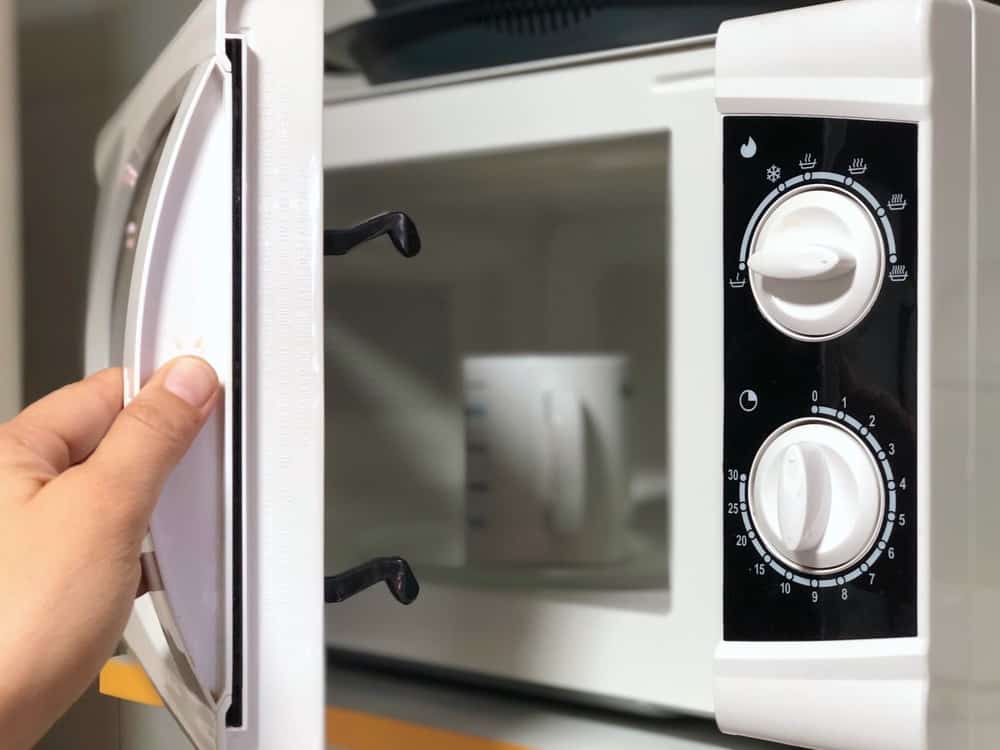













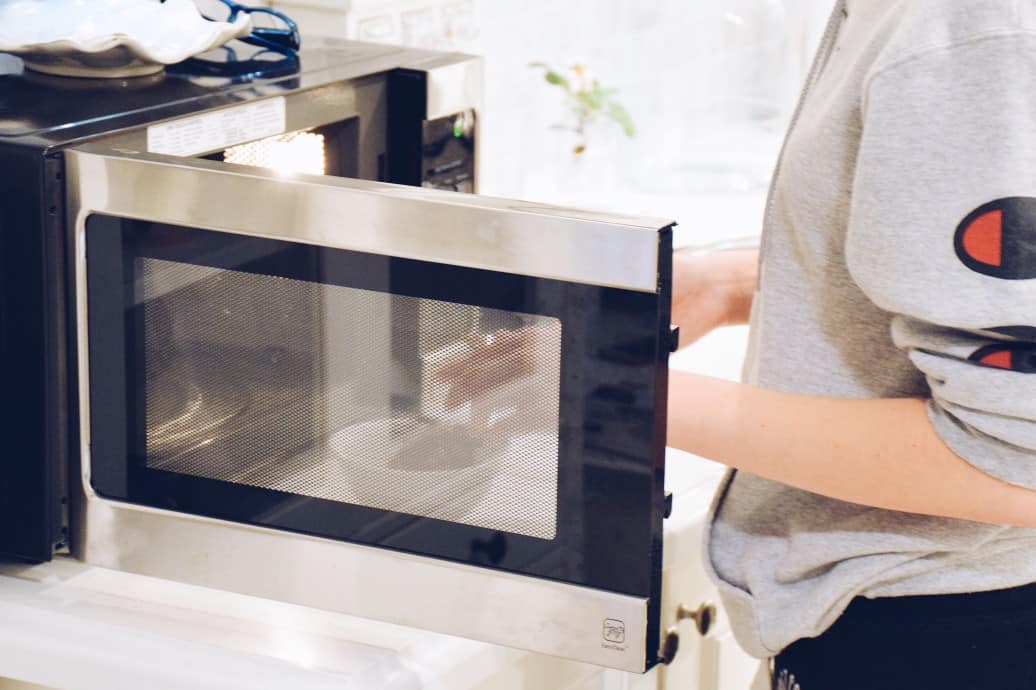
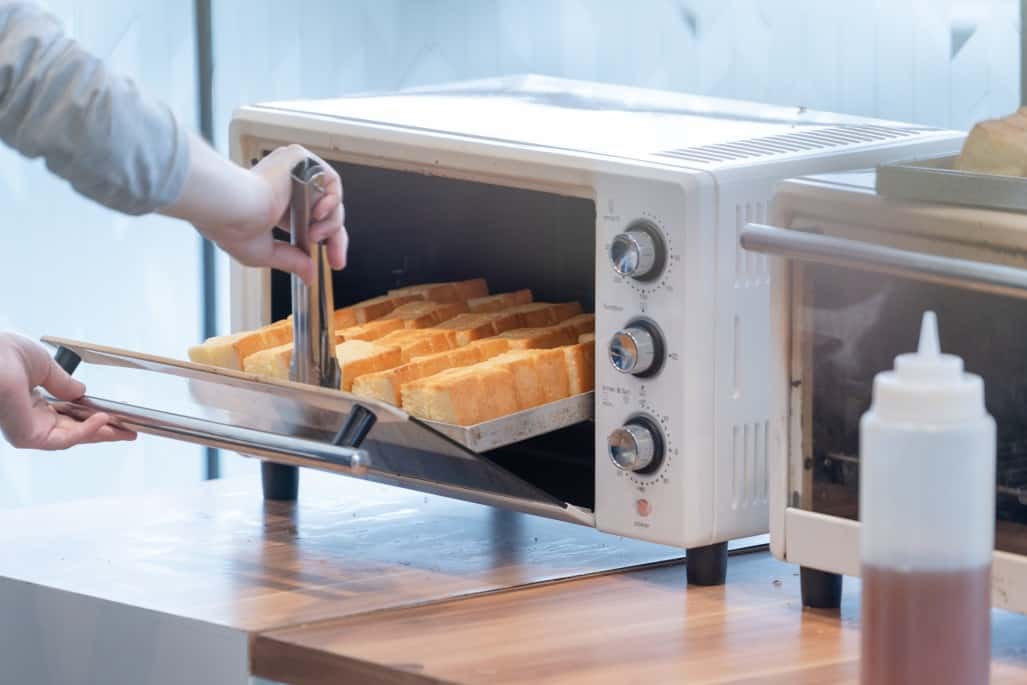
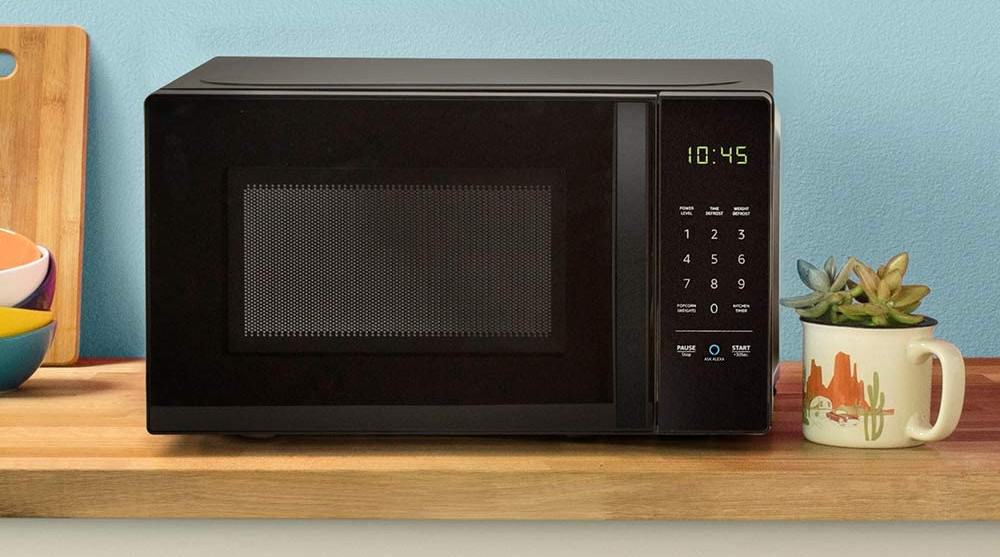

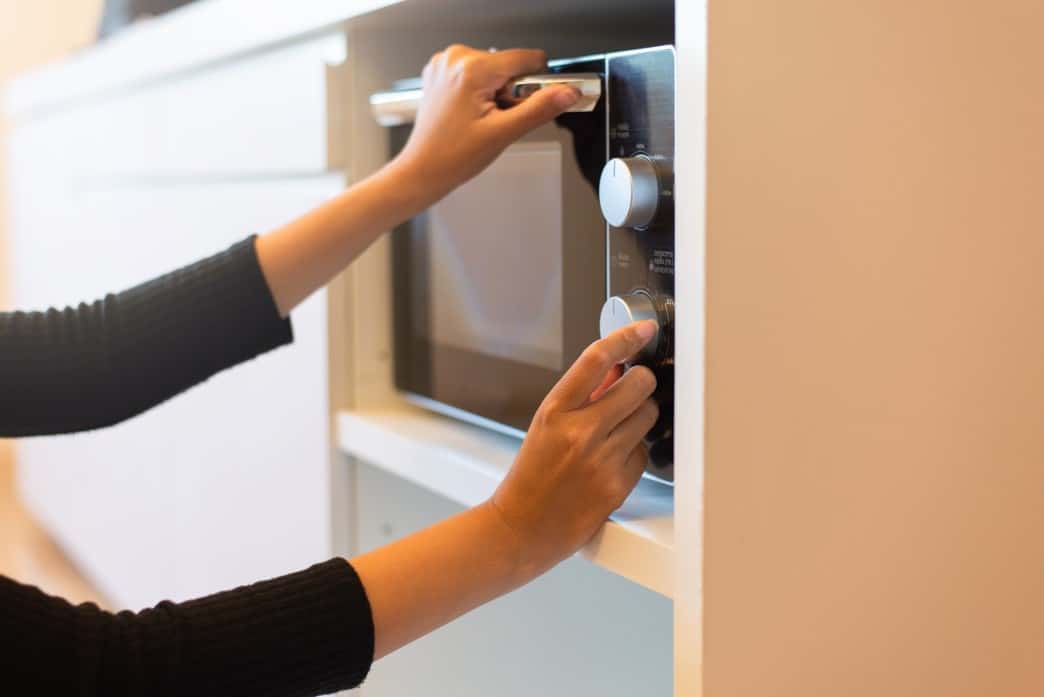
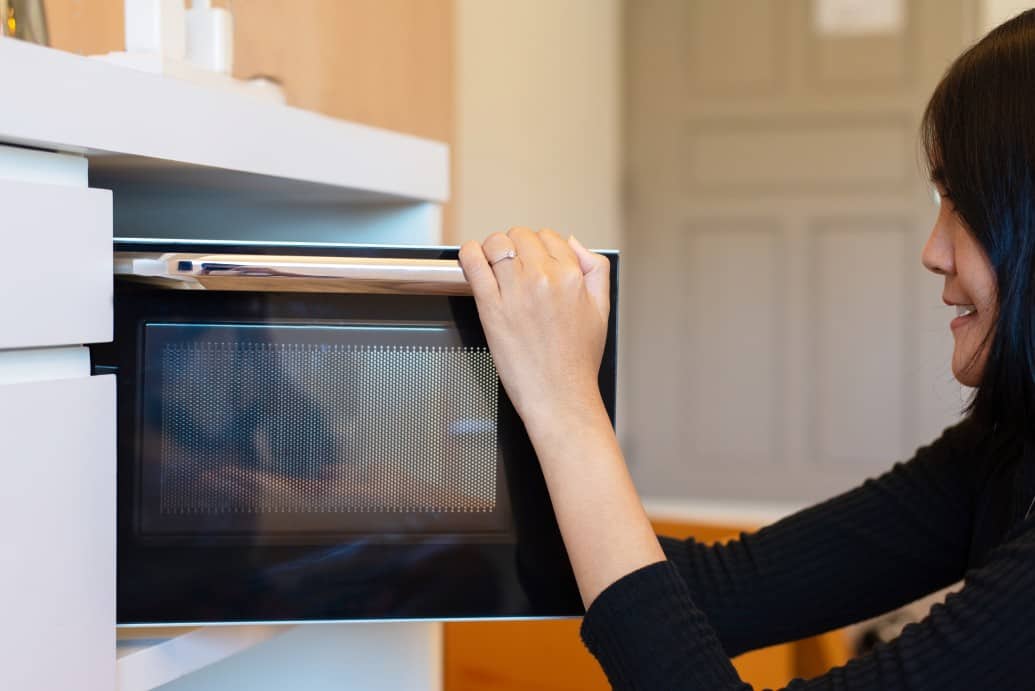
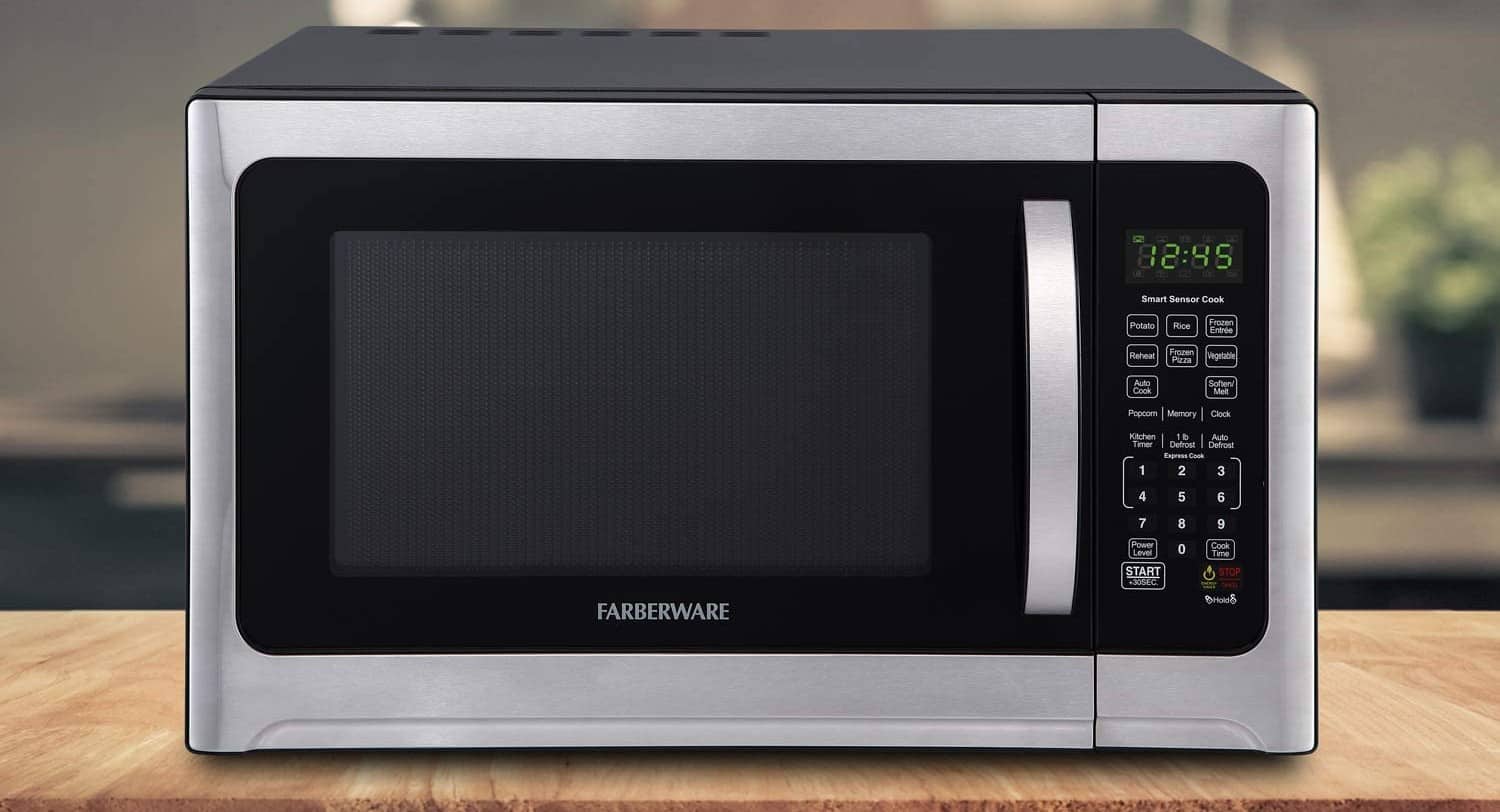
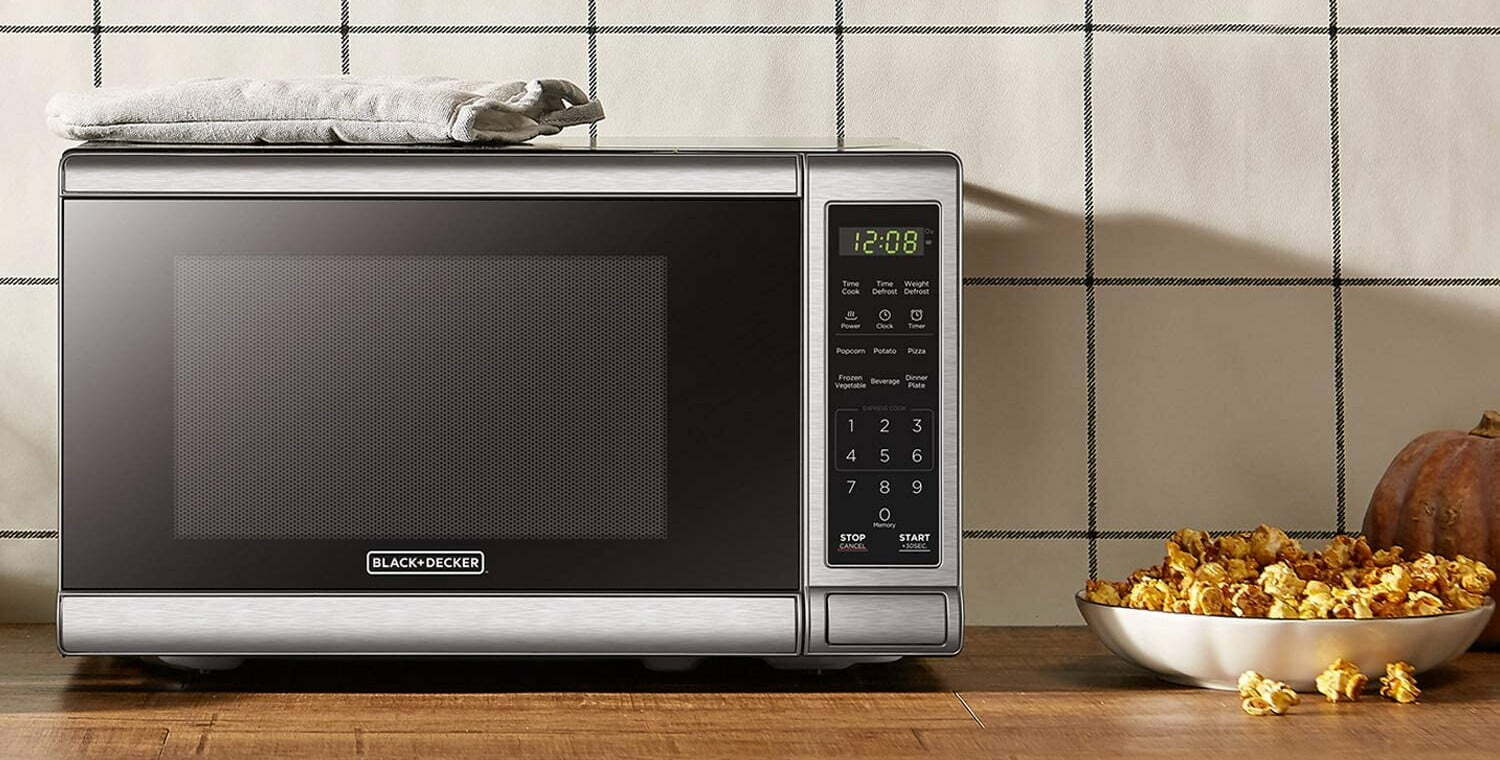
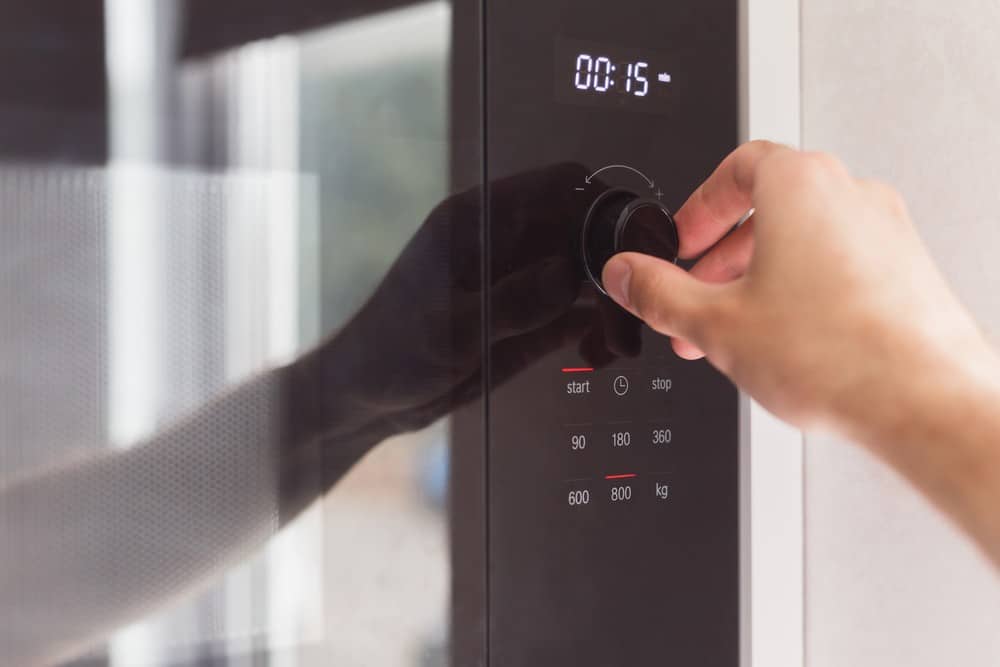
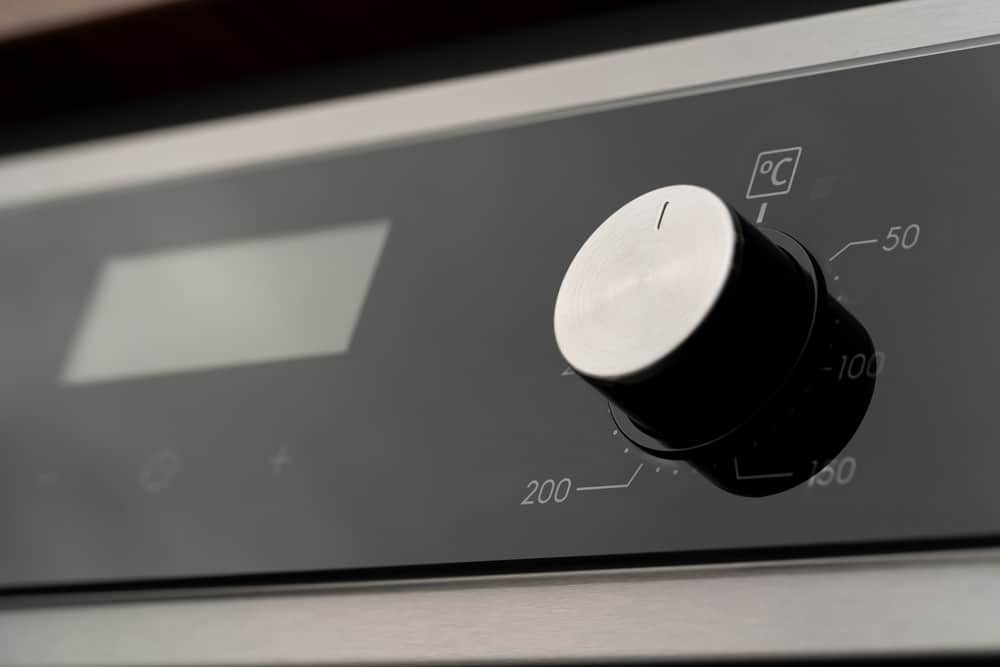
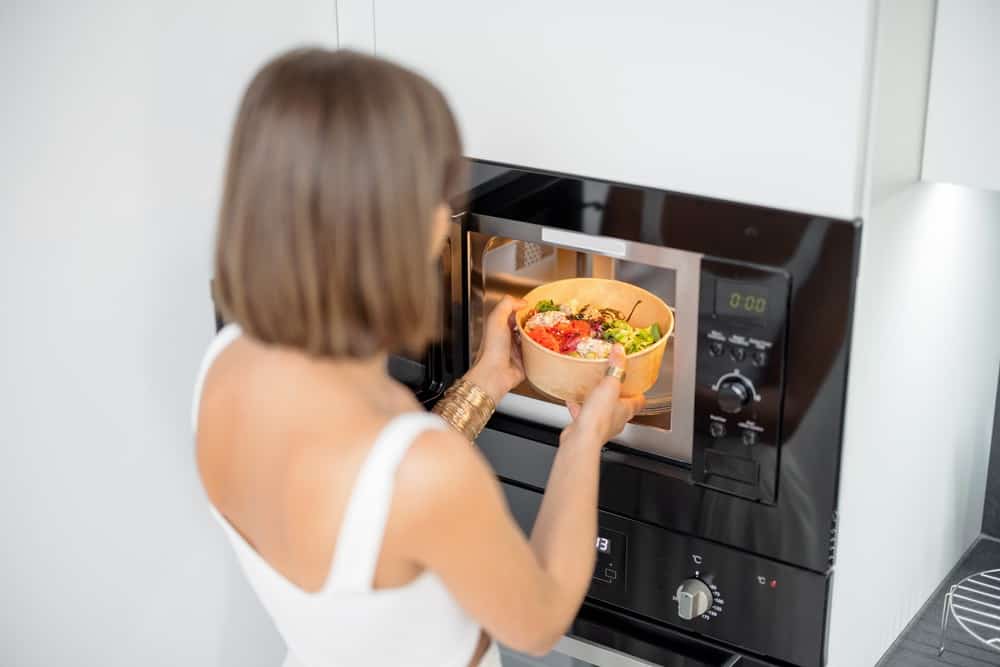
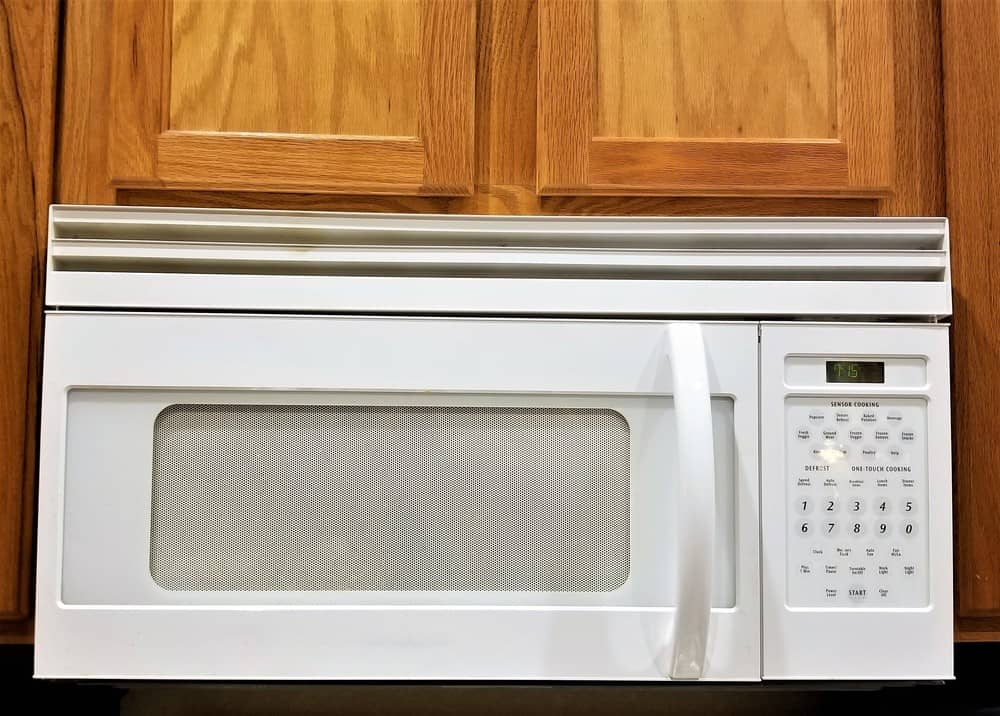
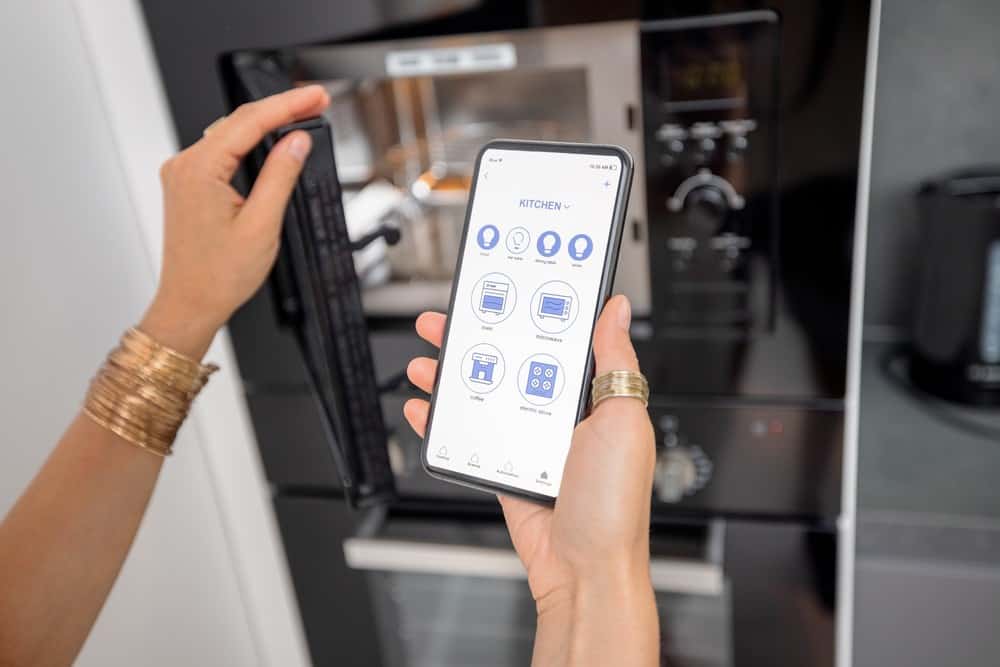

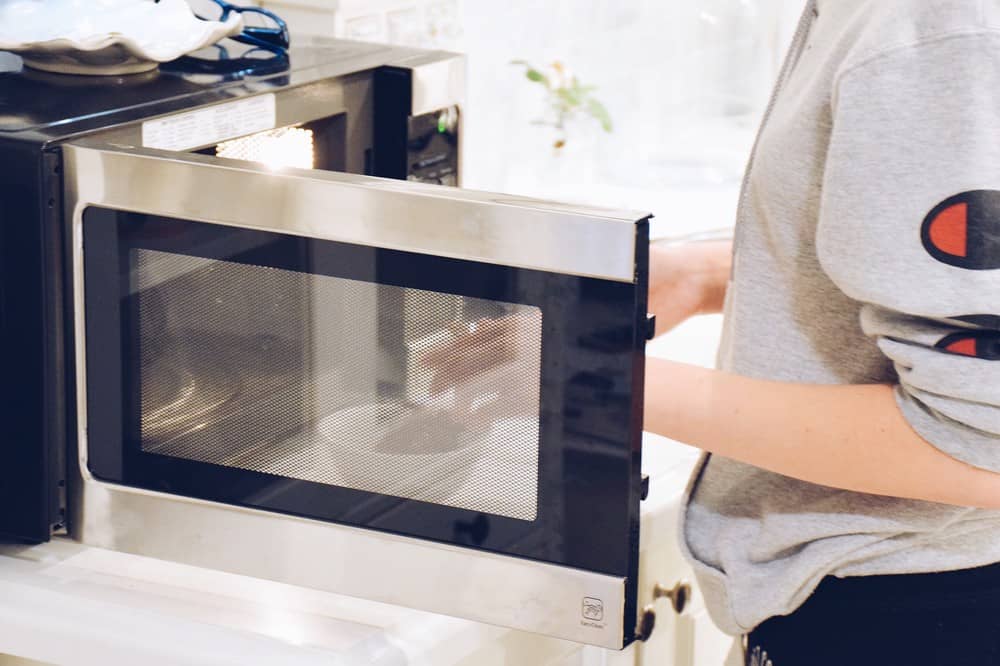

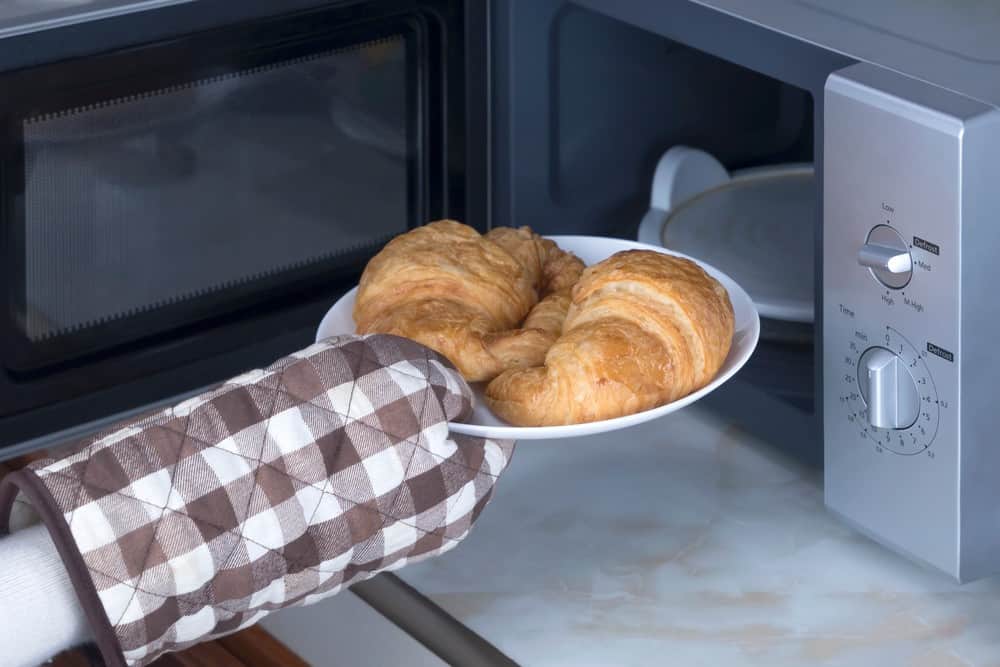
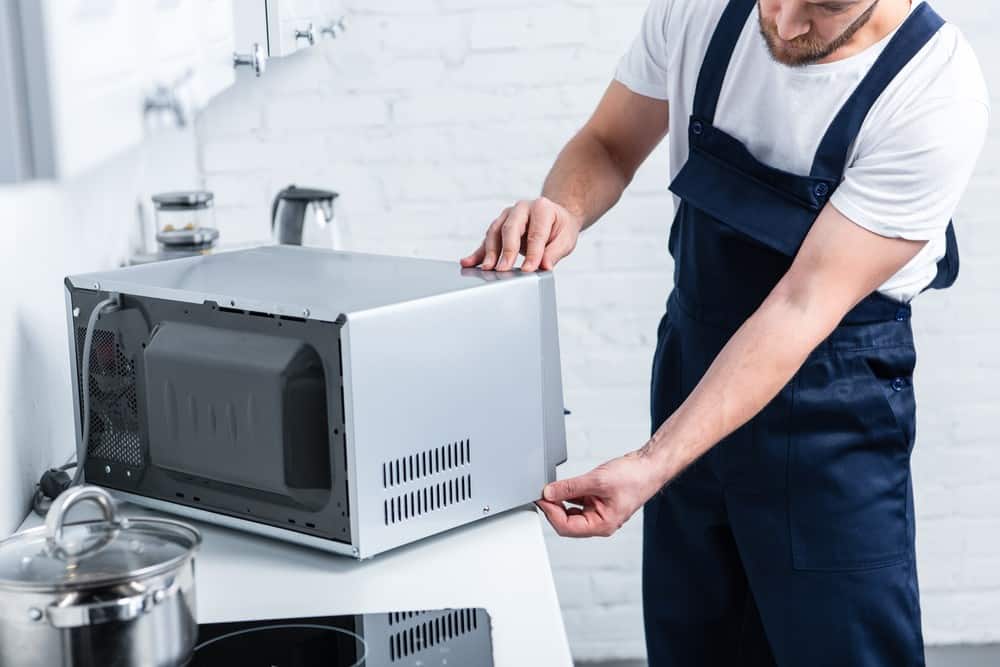
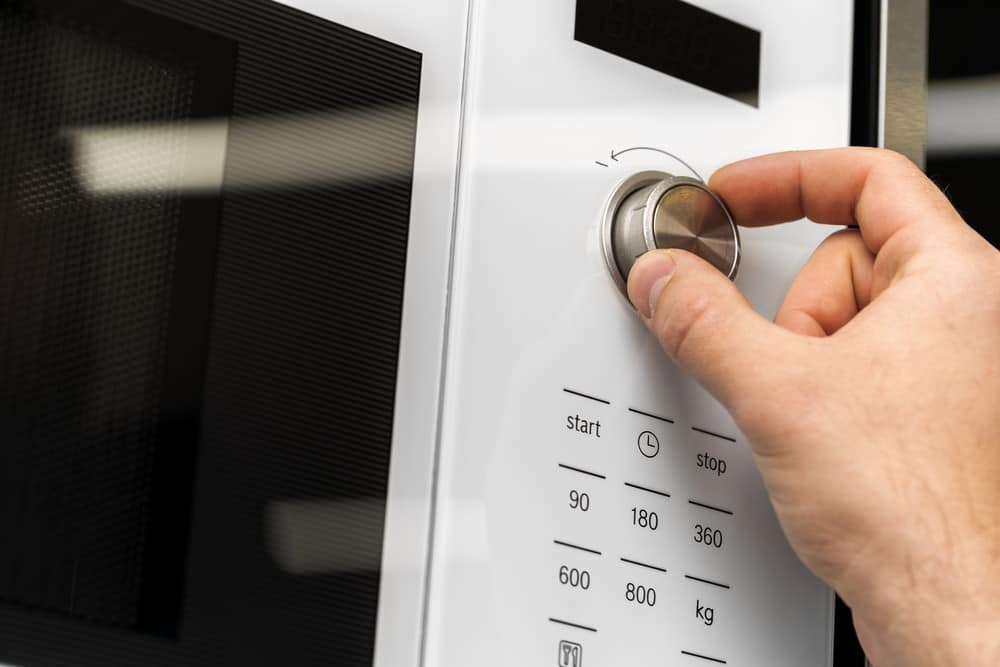
![Best Kitchen Appliances in [year] ([month] Reviews) 27 Best Kitchen Appliances in 2026 (January Reviews)](https://www.gadgetreview.dev/wp-content/uploads/best-kitchen-appliances.jpg)
![Best Whirlpool Microwaves in [year] 28 Best Whirlpool Microwaves in 2026](https://www.gadgetreview.dev/wp-content/uploads/best-whirlpool-microwaves-image.jpg)
![Best Microwave Drawers in [year] 29 Best Microwave Drawers in 2026](https://www.gadgetreview.dev/wp-content/uploads/best-microwave-drawer-image.jpg)
![Best Quiet Microwaves in [year] 30 Best Quiet Microwaves in 2026](https://www.gadgetreview.dev/wp-content/uploads/best-quiet-microwave-image.jpg)
![Best LG Microwaves in [year] 31 Best LG Microwaves in 2026](https://www.gadgetreview.dev/wp-content/uploads/best-lg-microwaves-image.jpg)
![Best Microwaves in [year] ([month] Reviews) 32 Best Microwaves in 2026 (January Reviews)](https://www.gadgetreview.dev/wp-content/uploads/best-microwaves-image.jpg)
![Best Over the Range Convection Microwaves in [year] 33 Best Over the Range Convection Microwaves in 2026](https://www.gadgetreview.dev/wp-content/uploads/best-over-the-range-convection-microwave-image.jpg)
![Best Retro Microwaves in [year] 34 Best Retro Microwaves in 2026](https://www.gadgetreview.dev/wp-content/uploads/best-retro-microwave-image.jpg)
![Best GE Microwaves in [year] 35 Best GE Microwaves in 2026](https://www.gadgetreview.dev/wp-content/uploads/best-ge-microwaves-image..jpg)
![10 Best Samsung Microwaves in [year] 36 10 Best Samsung Microwaves in 2026](https://www.gadgetreview.dev/wp-content/uploads/best-samsung-microwaves-image.jpg)
![10 Best Microwaves for Seniors in [year] 37 10 Best Microwaves for Seniors in 2026](https://www.gadgetreview.dev/wp-content/uploads/best-microwaves-seniors-image.jpg)
![10 Best Microwave Toaster Oven Combo in [year] 38 10 Best Microwave Toaster Oven Combo in 2026](https://www.gadgetreview.dev/wp-content/uploads/best-microwave-toaster-oven-combo-scaled-1.jpg)
![10 Best Panasonic Microwaves in [year] 39 10 Best Panasonic Microwaves in 2026](https://www.gadgetreview.dev/wp-content/uploads/best-panasonic-microwaves.jpg)
![10 Best Microwaves for College Dorms in [year] 40 10 Best Microwaves for College Dorms in 2026](https://www.gadgetreview.dev/wp-content/uploads/best-microwaves-for-college-dorms.jpg)
![10 Best Compact Microwaves in [year] 41 10 Best Compact Microwaves in 2026](https://www.gadgetreview.dev/wp-content/uploads/best-compact-microwave-image.jpg)
![10 Best Convection Microwave Ovens in [year] 42 10 Best Convection Microwave Ovens in 2026](https://www.gadgetreview.dev/wp-content/uploads/best-convection-microwave-oven-image.jpg)
![10 Best Built In Microwaves in [year] 43 10 Best Built In Microwaves in 2026](https://www.gadgetreview.dev/wp-content/uploads/best-built-in-microwave-image.jpg)
